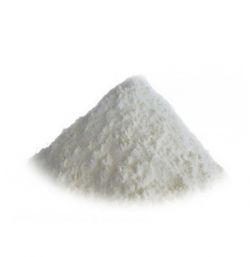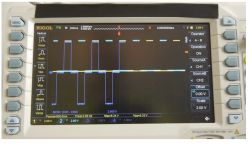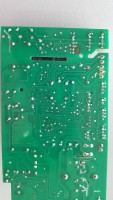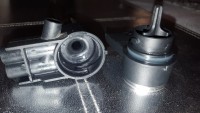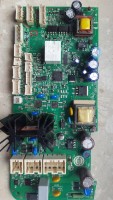Hello,
I have a problem with the Siemens EQ. 7. It's probably clogged up somewhere. symptoms:
1. After turning the coffee machine on (power on), no water comes out of the coffee nozzles. When the machine was operational, it rinsed the nozzles.
2. After activating the milk frother cleaning, it carries out the first cycle (pouring water in with the small nozzles on the side) and then finishes cleaning without any message. The amount of water poured in is probably less than when it was operational.
3. When the program has started: hot water, milk, milk foam, nothing flows.
4. During these operations, water flows into the drip tray. It is difficult for me to determine if in all cases.
Every time you hear that the pump is running. The diagnostic program can control the ceramic valve, all steps (0..8) are completed.
I also suspect a flow meter. When I turn on the pump with the diagnostic program for a few seconds, the amount of ml on the display does not change (0 ml all the time), even though water flows out of the milk frother. If someone has a similar coffee maker, I would ask you to compare if it is the same. I would then exclude the flow meter.
Please help.
Added after 5 [hours] 3 [minutes]:
Does anyone know how to check the flow meter (at first without disassembling the coffee machine and the flow meter) using the SDS (Service Diagnostic System) diagnostic program? The display shows 0ml - probably the amount of water that flows through it is being counted. As a reminder, in the EQ.7, SDS is turned on by holding the leftmost and rightmost buttons and then "power on".
I have a problem with the Siemens EQ. 7. It's probably clogged up somewhere. symptoms:
1. After turning the coffee machine on (power on), no water comes out of the coffee nozzles. When the machine was operational, it rinsed the nozzles.
2. After activating the milk frother cleaning, it carries out the first cycle (pouring water in with the small nozzles on the side) and then finishes cleaning without any message. The amount of water poured in is probably less than when it was operational.
3. When the program has started: hot water, milk, milk foam, nothing flows.
4. During these operations, water flows into the drip tray. It is difficult for me to determine if in all cases.
Every time you hear that the pump is running. The diagnostic program can control the ceramic valve, all steps (0..8) are completed.
I also suspect a flow meter. When I turn on the pump with the diagnostic program for a few seconds, the amount of ml on the display does not change (0 ml all the time), even though water flows out of the milk frother. If someone has a similar coffee maker, I would ask you to compare if it is the same. I would then exclude the flow meter.
Please help.
Added after 5 [hours] 3 [minutes]:
Does anyone know how to check the flow meter (at first without disassembling the coffee machine and the flow meter) using the SDS (Service Diagnostic System) diagnostic program? The display shows 0ml - probably the amount of water that flows through it is being counted. As a reminder, in the EQ.7, SDS is turned on by holding the leftmost and rightmost buttons and then "power on".



